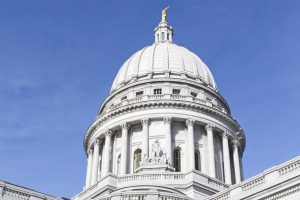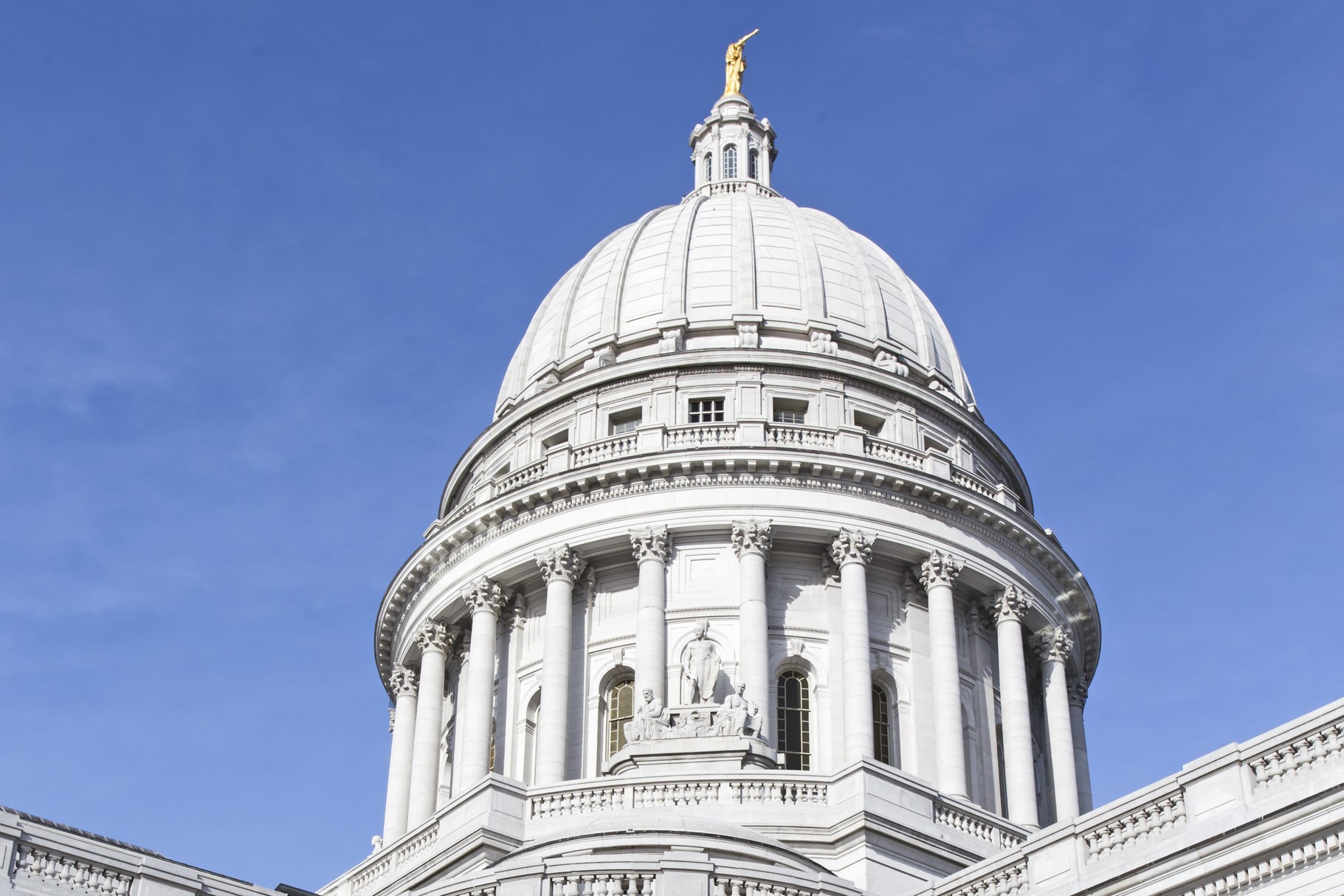 Wisconsin schools could lose out on at least $1.5 billion (and possibly as much as $2.4 billion) in one-time COVID relief funds if state lawmakers do not revisit the state K-12 education budget and increase state funding.
Wisconsin schools could lose out on at least $1.5 billion (and possibly as much as $2.4 billion) in one-time COVID relief funds if state lawmakers do not revisit the state K-12 education budget and increase state funding.
What would happen to those federal relief funds if Wisconsin fails to qualify? The funding would revert to the federal government and be reallocated to other states that DO qualify to receive the funds.
Wisconsin is eligible to receive $1.54 billion in one-time federal (“ESSER III”) COVID relief funding for its public K-12 schools under the American Rescue Act Plan (ARPA) enacted in March and signed into law by President Biden.
In addition, Wisconsin is eligible to receive $686 million in federal (“ESSER II”) COVID relief funding for its public K-12 schools under the Consolidated Appropriations Act (CAA) passed in December 2020 and signed into law by President Trump.
Note: These are just the amounts for public schools. An additional $77.5 million is potentially available to private K-12 schools under the CAA and another $73.9 million is potentially available to private K-12 schools under the ARPA. In addition, the allocation of an additional $20.8 million in federal CAA GEER moneys has not yet been determined.
However, to receive the federal funding under each of these acts, Wisconsin must meet a maintenance of effort requirement. The specific requirements are slightly different.
- To be eligible for the funding under the CAA, the proportion of state spending allocated to K-12 and higher education in the 2021-22 fiscal year must be maintained at the same level as the state’s average allocation in the 2016-17, 2017-18, and 2018-19 fiscal years.
- To be eligible for the funding under the ARPA, the proportion of state spending allocated to K-12 and higher education in both the 2021-22 and 2022-23 fiscal years must be maintained at the same level as the state’s average allocation in the 2016-17, 2017-18, and 2018-19 fiscal years.
According to a memo from the nonpartisan Legislative Fiscal Bureau, the amount of additional state funding needed to meet this requirement is an overall $387 million, which breaks down by fiscal year as $217.7 million in 2021-22 with an additional $169.3 million in K-12 spending needed in 2022-23.
Because that number is proportional to overall state spending, it could grow or shrink depending on how the overall state budget grows or shrinks as the JFC acts. As we reported in an earlier blog post, action by the Legislature budget-writing Joint Finance Committee on May 27 approved increasing state K-12 spending by just $128 million overall.

